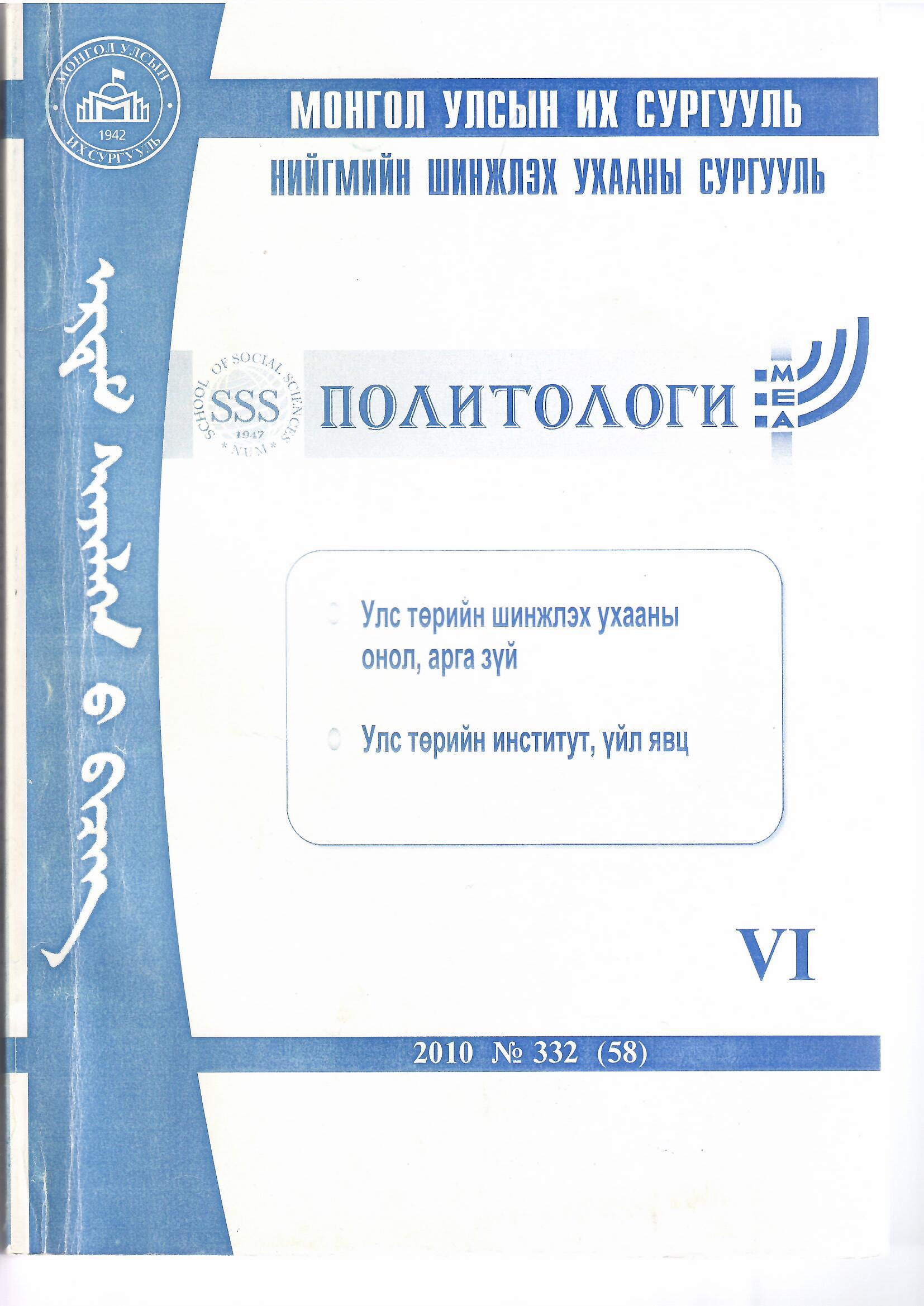ДЖИТАЛ ЭРИНИЙ УЛС ТӨРИЙН КОММУНИКАЦИ
Keywords:
коммуникаци, суртал ухуулга, улс төрийн сурталчилгаа, аналог мэдээллийн хэрэгсэл, хүний эрх, хүрээлэн буй орчин, сонгуулийн сурталчилгааAbstract
The article looks at recent changes in how media is influencing aspects of political life. It distinguishes between the analog age of the twentieth century and the digital age of the twenty-first it. During the analog age, media was expensive to produce, and, as a result, was produced by large private and public institutions, such as Hollywood (private) and the Nazi (government). Media tended thus to move from the top downward, and it was often used to shape and influence opinions. Hence, twentieth century media is often closely associated with political propaganda and advertising. In the twenty-first century, however, with the development of small, powerful computers, cell-phones, digital cameras, and the systems that make their distribution fast and cheap, virtually everyone is a potential producer and distributor of media. As a result, citizens around the world are using these technologies to challenge systems of political power. Examples are offered from the United States, Iran, and Burma to support the thesis that digital technology has had a major impact on the political world in various parts of the world.




